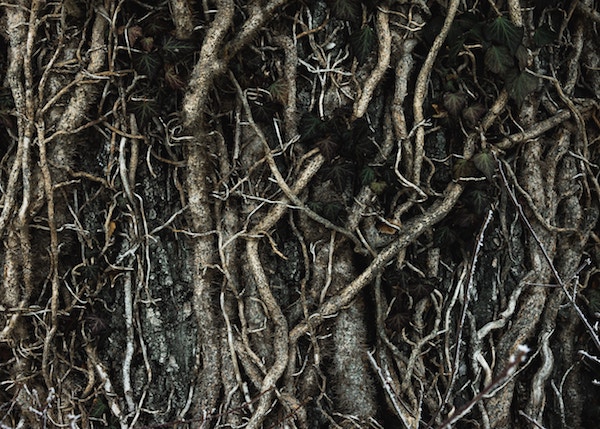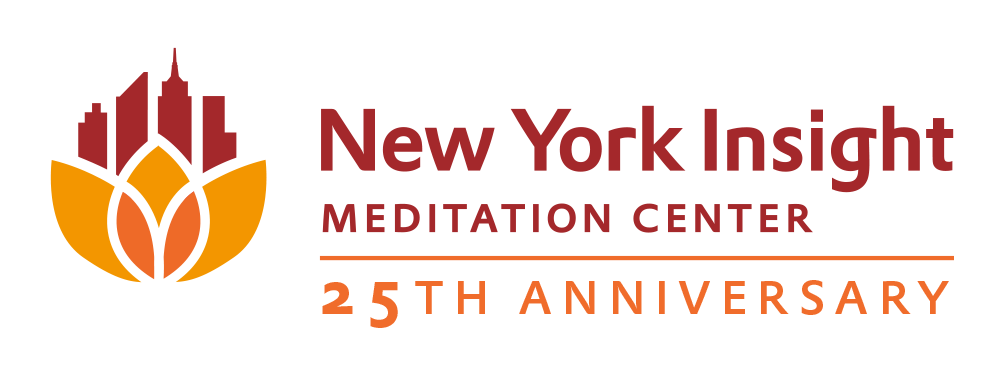
Planting the Seeds: Growing or Cutting the Roots of Thoughts and Feelings
by Jill Satterfield
Just like a garden bed, seeds can be planted in our mind to either flourish or be prevented from taking root. This all depends on the how receptive and fertile the garden bed (of the mind) is at any given moment. Mind is not matter, but it does indeed matter that we pay good attention to how we are tending to it, at present.
What is planted in the mind are seeds — seeds of ideas, intentions, sometimes of ill will, or anxiety, worry, jealousy, kindness and or compassion – they all become conditioned and brought to full life if they are attended to knowingly and sometimes, without knowing it.
We strengthen everything that goes through our minds and hearts by repeating it. Often this involves thinking about it over and over, or identifying thereby validating a feeling rather than seeing it is just transient, even denying or pushing something away can actually give it more life force and solidity. This process of implanting something or not allowing it to be implanted, needs to be brought to our awareness because it is indeed something that we have choice about.
Mindfulness is one way to be conscious of the seeds that are being planted as they are being planted. Seeds that have been planted in the past that have strong, stubborn root systems can actually be over laid with more skillful and healthy patterns if we become aware and learn how. We can uproot much of what was planted long ago, or at very least, prevent these stronger roots from taking over the rest of the garden bed, or in other words the entire landscape of our mind.
Say for instance, that you have always felt fearful of not having enough of something and this started when you were a child. Even though you might have enough in your present life, you think about what if you don’t in the future. This thinking about ‘what if’ creates the perfect environment for fear to arise, and that fear can grow and even wrap around the thoughts of not having enough in the future so much so that they are intertwined so tightly (yes, you can feel this contraction in the body somewhere) that you begin to believe it will happen.
At this point the emotion of fear and the thoughts about not having enough are inseparable and you believe true and inevitable. You invent all kinds of scenarios around how horrible this will be, how hopeless you will be until you’ve worked yourself into frenzy, which is the perfect storm for a panic or anxiety attack. All the while you had no idea that you had a choice about these thoughts, or the feelings accompanying them. And believe it or not, this is the good news.
Because we do have choices, but we have to know how to make them.
The seeds were planted long ago, in your childhood garden bed, for one reason or another. That feeling and the thoughts became an old familiar tune for you, you were taught to believe it, you learned it well and you repeated the idea in your mind even without the slightest bit of provocation. With repetition of anything we condition our minds, we know this through neuro-plasticity. The soil has been cultivated to welcome the thoughts and feelings and they grow to have a good strong root system.
And the scenario hasn’t happened yet in your life, nor has the future of it yet arrived. In this present moment you have enough, and this is where being in the body, feeling your feet, your hands, noticing breath, paying attention to feeling an emotion but not having to believe it or become it, becomes the skillful means to prevent anxiety or fear of a future that hasn’t even happened. We are quite imaginative, and we believe our thoughts way too much, but again this is the very good news, because with information, practice and tools we can navigate these mental emotional landscapes skillfully and resist going down the same paths over and over again.
Mindfulness allows – it allows us to connect with the present moment, see things as they are, not get caught in what might happen, but stay with what is happening. Mindfulness allows us to notice the thoughts and feelings that are skillful, and the ones that are not. Mindfulness can prevent all sorts of wild stories from being created and all sorts of bad seeds from being planted, if we are paying attention to what is arising in this moment, not the next or just the last.
Eventually we can begin to notice the seeds that have been planted and not quite sprouted, giving us time to carefully decide whether to pull them out, or fertilize them. And with even more practice, we can attend to the seeds about to be planted but not placed in the ground long enough for them to even leave a trace. In other words, we might sense the act of putting a seed into the proverbial ground of the mind and stop the hand from placing it in the ground – no planting, no taking root!
Although this might sound abstract if you’ve just started a mindfulness or meditation practice, it is possible and often just knowing that it is can be enough to get us excited and motivated to practice more.
As for a practical application that can begin the process of knowing your internal landscape and preventing an overgrowth of vines and weeds and wind blown seeds with harmful roots, start simply and start with the body. Mindfulness of the body is a pivotal and foundational practice in Buddhism, and of secular mindfulness. If you can be aware of your feet and or your hands, you can literally pull the mind towards the feet or hands, and give it a different topic, and one that is in the present, not the future imagined.
This literally gives the mind a break, allows for a pause, and allows us to connect to something right here and right now. Notice the toes, the fingers, the socks, shoes – anything that you can feel, in the hands and feet. If you can stay with the sensations for a few moments, you’ve successfully hit the refresh button, halted a potentially harmful process and regained your sanity.
It’s really simple, very effective and available to all. There are many choices that we have when it comes to thinking and feeling. We may not be 100% grounded all the time, but we can certainly become more of the time. And, when we loose our footing, become entangled in the weeds and vines of unskillful thoughts and feelings, we can re-gain our balance more and more quickly with practice.
And this is the really great news.
Join Jill Satterfield on Sunday, October 20th, 2019 for a daylong program examining how through mindfulness, we can learn to cultivate internal awareness to address anxiety before it spreads, give kind attention to our bodies, and learn to recognize the progression of thoughts and emotions that arise prior to anxiety taking hold. Click here for more info.

